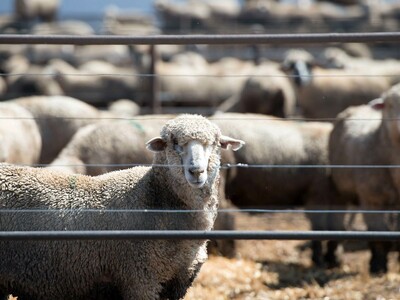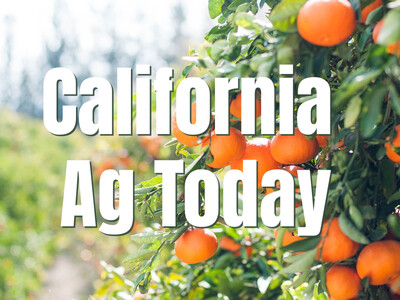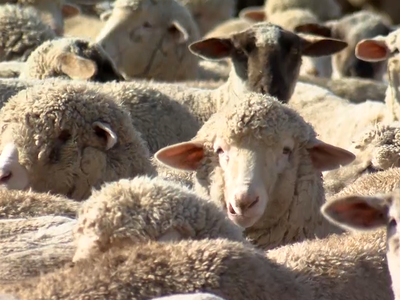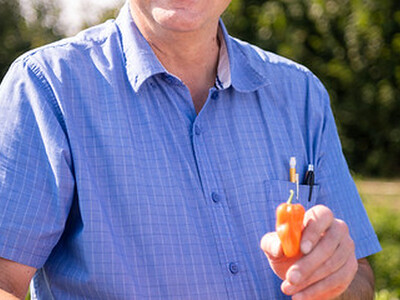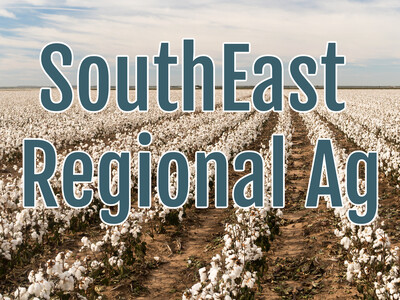Great Outdoors Initiative
Great Outdoors Initiative. I’m Greg Martin with today’s Line On Agriculture.
Last week President Obama announced the Administration's action plan, under the America's Great Outdoors initiative, to achieve lasting conservation of the outdoor spaces that power our nation's economy, shape our culture, and build our outdoor traditions. This initiative seeks to reinvigorate our approach to conservation and reconnect Americans, especially young people, with the lands and waters that are used for farming and ranching, hunting and fishing, and for families to spend quality time together. The President said in Thomas Jefferson’s time the vast majority of the continent was wilderness.
OBAMA: No matter where you lived, you didn’t have to travel far to find acres of open fields and unspoiled forests.? ?But in the years that followed, Americans began to push westward. Cities sprang up along riverbanks and railroad tracks. The nation grew so fast that by 1890, the census director announced that he could no longer identify an American “frontier.” And yet, in the midst of so much expansion, so much growth, so much progress, there were a few individuals who had the foresight to protect our most precious national treasures -– even in our most trying times.
Recognizing that many of these places and resources are under intense pressure, the President established the America's Great Outdoors Initiative last April to work with the American people in developing a conservation and recreation agenda that makes sense for the 21st century. Under Secretary for Natural Resources and the Environment Harris Sherman outlines what the America's Great Outdoors initiative calls for.
SHERMAN: The report calls for new environmental markets as a source of revenue for farmers, ranchers and private landowners. It also calls for USDA, Interior and EPA to expand our programs that provide landowners certainty when landowners will protect water quality or help to protect sensitive or rare species. And it calls for maintaining our conservation reserve programs and our open fields programs providing voluntary access for recreational uses for hunters and fisherman. So we think there are very strong and bi-partisan approaches here. We think these approaches can truly make a difference.
Last summer, senior Administration officials held 51 listening sessions across the country to gather input from Americans about the outdoor places and activities that they value most. These sessions drew more than 10,000 participants and more than 105,000 written comments.
That’s today’s Line On Agriculture. I’m Greg Martin on the Ag Information Network.






